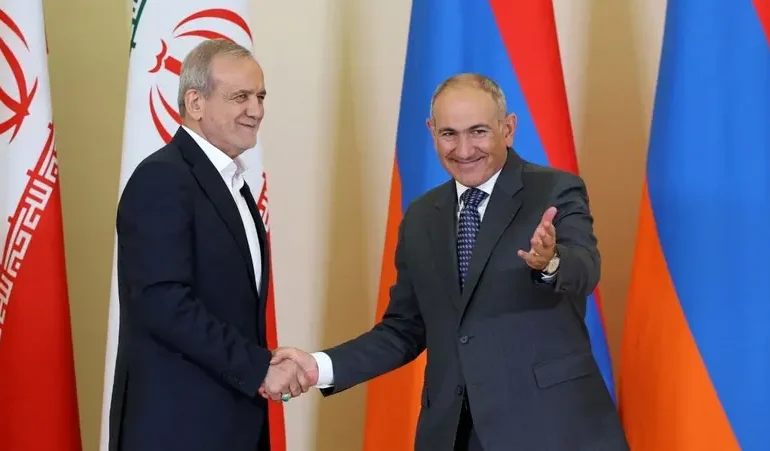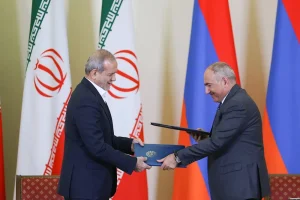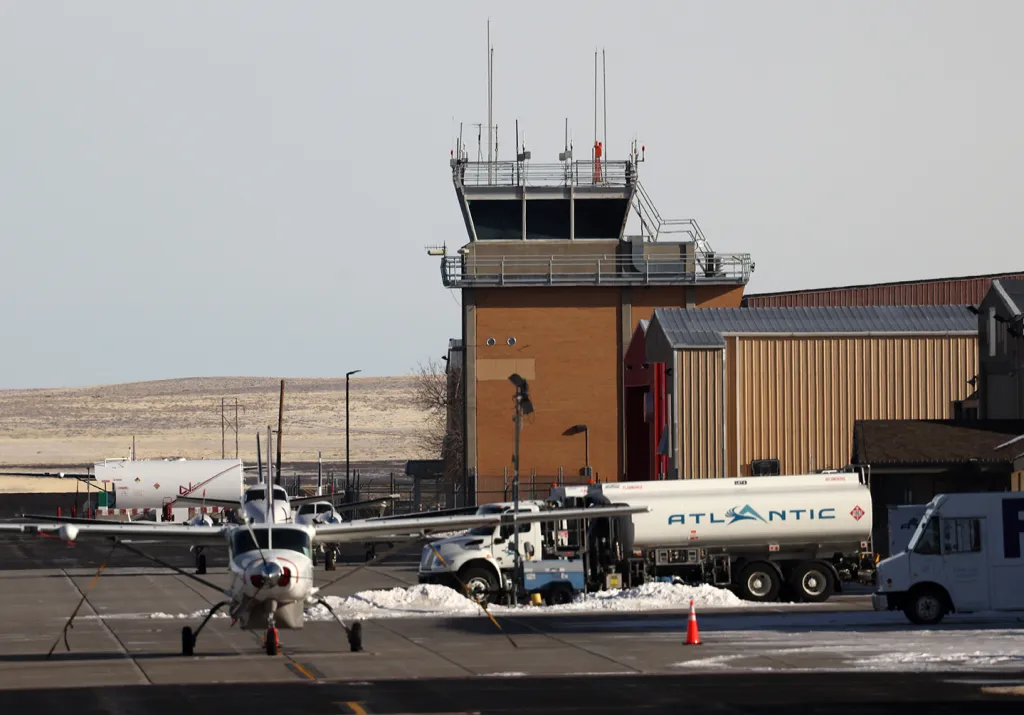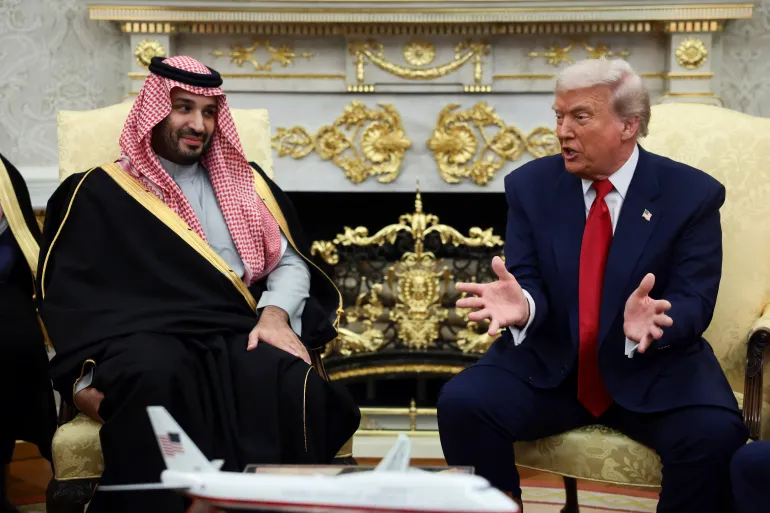ANALYSIS: Armenia Balances US Peace Deal With Iran’s Red Lines

Armenia is walking a tightrope in the South Caucasus — and for once, it isn’t between Baku and Yerevan, but between Washington and Tehran. Fresh off signing a US-brokered peace declaration with Azerbaijan, Prime Minister Nikol Pashinyan rolled out the red carpet for Iranian President Masoud Pezeshkian in Yerevan this week, aiming to prove that Armenia can ink deals with America while keeping its powerful southern neighbor close.
The timing wasn’t accidental. Earlier this month, Pashinyan joined Azerbaijani President Ilham Aliyev and former US President Donald Trump in Washington to sign a 17-point roadmap to end decades of conflict over Nagorno-Karabakh. The declaration stops short of being a legally binding treaty, but it carries enough symbolism — and controversy — to shake up the region.
At the heart of the storm is the so-called “Trump Route for International Peace and Prosperity“ (TRIPP), a transit corridor designed to link Azerbaijan’s mainland to its Nakhichevan exclave by slicing across Armenia’s Syunik province. Washington scored exclusive development rights for the project, planning to hand operations over to private firms. For Armenia, the route promises trade and infrastructure upgrades; for Iran, it raises red flags about foreign encroachment along its border.
Pashinyan tried to reassure Pezeshkian that Armenia would maintain “full jurisdiction” over the corridor and that no foreign security presence would be stationed along it.

“Communication routes passing through Armenia will be under the exclusive jurisdiction of the Republic of Armenia, and security will be ensured by Armenia, not by a third country,” he insisted at a joint press conference.
Pezeshkian wasn’t entirely sold.
“We believe management in the region must be Caucasian,” he countered.
This statement echoes Tehran’s longstanding position that regional issues shouldn’t be “outsourced” to outside powers.
His foreign ministry echoed the point, warning that any shift in the South Caucasus map could cut Iran off from Armenia — its only land link to the wider Caucasus — while inviting American influence right up to its borders.
Yet the Iranian president didn’t come to Yerevan just to frown. Instead, the visit was framed as a pivot to deepening bilateral ties, with both sides signing accords on transport, logistics, and trade. Plans were unveiled for a second bridge across the Aras River, upgraded border terminals, and a push to triple bilateral trade to $3 billion. Iran’s transport minister pressed for tariff reductions and smoother freight movement, while Armenian officials promised fresh investments in roads and rail that could tie Iran more directly to Georgia and the Black Sea.
The subtext is clear: Iran doesn’t want to see a US-backed corridor box it out of regional trade, but it’s also not ready to burn bridges with Yerevan. Instead, Tehran is hedging — warning against “geopolitical changes” while quietly doubling down on economic integration with Armenia.
Russia, once the undisputed power broker in the Caucasus, offered muted support for the US-mediated peace deal while reminding Armenia of its obligations within the Eurasian Economic Union. That ambivalence leaves space for Iran to assert itself, particularly as Armenia edges away from Moscow’s orbit in search of Western partnerships.
For now, the TRIPP corridor remains more concept than reality. Key details — from customs procedures to who exactly will manage the infrastructure — are still undecided. What is clear is that Armenia is gambling big: betting that it can reconcile US strategic ambitions, Azerbaijan’s demands for connectivity, and Iran’s anxieties over foreign intrusion, all while protecting its own sovereignty in Syunik.
As Fitch Ratings dryly put it this week, the August 8 declaration “reduces the risk of renewed hostilities” but leaves major obstacles unresolved. In the Caucasus, even peace comes with strings attached.









The latest news in your social feeds
Subscribe to our social media platforms to stay tuned